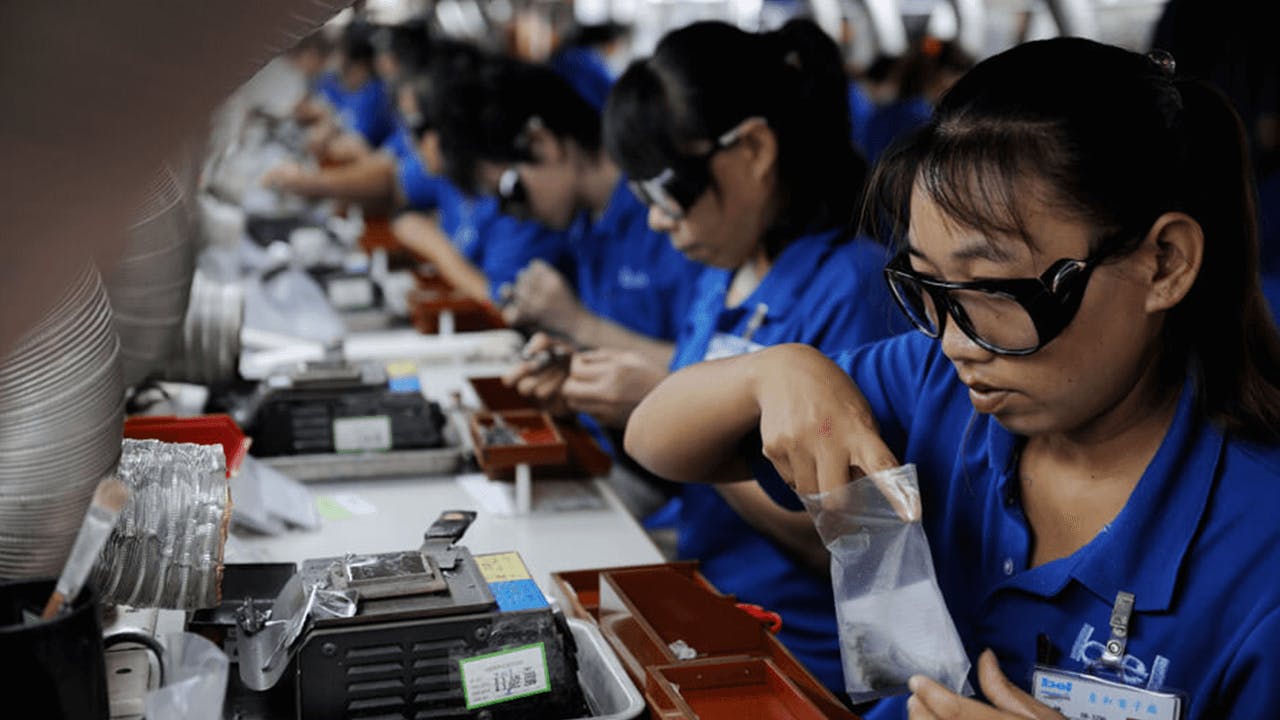The Implications Of Product Cost
Daniel Audunsson

Most sellers underestimate the huge implications of product cost on their success. Or lack thereof.
Imagine you're selling a product that costs you $6.75 to have made, packaged and shipped into Amazon FBA.
Then imagine another sellers is sourcing the exact same product, but it's costing him 25% less. So all in all he's paying about $5 in Cost Of Good Sold vs your $6.75.
You might be thinking: "I'm only paying $1.75 more... What's the big deal?"
COMPETITIVE ADVANTAGE. That's the big deal.
When someone sources the same product as you for $1.75 less (or, in many cases a lot less), this means he can spend $1.75 more to acquire a sale with Amazon PPC.
That's a big advantage.
That seller has also got $1.75 more to spend on other things to gain an advantage. For example covering Amazon fees, customer support, re-ordering, re-investing into new products and growth, better packaging, faster shipping, and so on and so on.
When we look at the big picture and extrapolate this over say 1000 sales in a month, this becomes a $1,750 advantage. Over 12 months that's a $21,000 advantage.
What if the difference was more like $5 per product (which I've seen)?
Well you can do the math.
This isn't even an extreme example - but a very common actual scenario (based on working with over 100 products now for other sellers).
Now you might think the product quality cannot be the same for both sellers. And that product costs aren't all that matter.
While I wholeheartedly agree with you that the quality MUST be good... that is only one factor that impacts your costs. The above scenario is very common between two sellers with the SAME quality, features, etc.
I agree about investing in quality - but I don't agree about wasting money. That's terrible business.
(Just ask Jeff Bezos)
And especially sad is this scenario that commonly happens to the sellers I've spoken to recently:
- You find a supplier via Alibaba. Yes you're paying a bit more than someone else might be paying, but the product is good. You order for the second and third time. Sales continue to grow as the product listing gets stronger with more positive reviews... Then all of a sudden, BAM! Product issues.
What happened?
The supplier is increasing their profit margins, that's what happened.
Let me elaborate...
It's common practice for suppliers in China to cut their own costs over time to increase their profitability. That's the only thing they can do besides charge you more... which you probably wouldn't like.
How do they cut costs?
By using cheaper materials, shortening the production cycle (less checks and balances, etc). Essentially what this means to you is that without realizing it your product is getting worse... but you think you're still buying the same thing.
This is why you MUST use legally enforceable agreements in China if you're serious about your products... and building a strong business.
But anyhoo... that's another story.
Back to the topic at hand.
How can someone pay 20% - 40% less than you currently do for the same exact product and quality?
Here are some examples of unnecessary costs most sellers incur:
- Suppliers on Alibaba charge more to make up for extra costs that are related to being on Alibaba.
- Many independent sourcing agents take a "hidden" commission from the supplier.
- Product factories make money (aka a markup) on the packaging.
- Product factories make money (aka a markup) on shipping.
- Well known freight companies are more expensive.
- Individual shipments (when you have many products) out of China waste a lot of money.
- Currency exchange rates and costly payment methods.
These are just some examples of how you end up paying more per unit than your competition.
There are a lot more.
I hope you've found this enlightening.